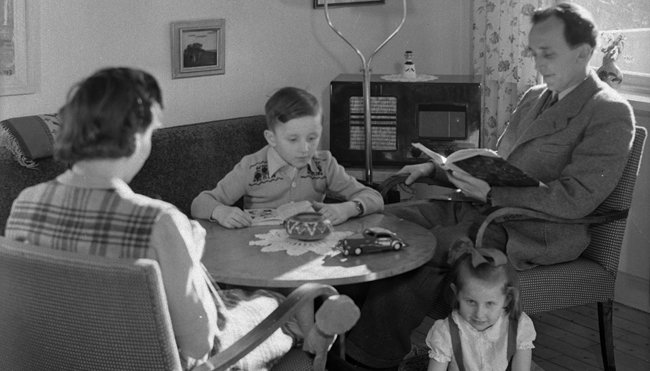An intellectual revolution

One has often refused to pretend that, in recent decades, immigration to Sweden has brought a revolution without precedent in our history. Immigration has as long a history as the Swedish Empire, and that commonly known as ‘Swedish culture’ is something that has been shaped and changed in the encounters between Swedish and foreign; today's conflicts are by no means new, and so on and so forth. Such reasoning is deeply misleading. Maybe it is partly the very notion of immigrants that leads to error and gets scientists and others to believe that immigration is always the same thing; whether it be the German merchants of Gustav Vasa’s time, the legendary Walloons during the Swedish Empire era, Baltic immigration after World War II or, as in recent decades, the massive immigration that in a short time has changed the population structure in Sweden.
It is this last immigration that deserves to be called a revolution
Professor emeritus i idé- och lärdomshistoria.



